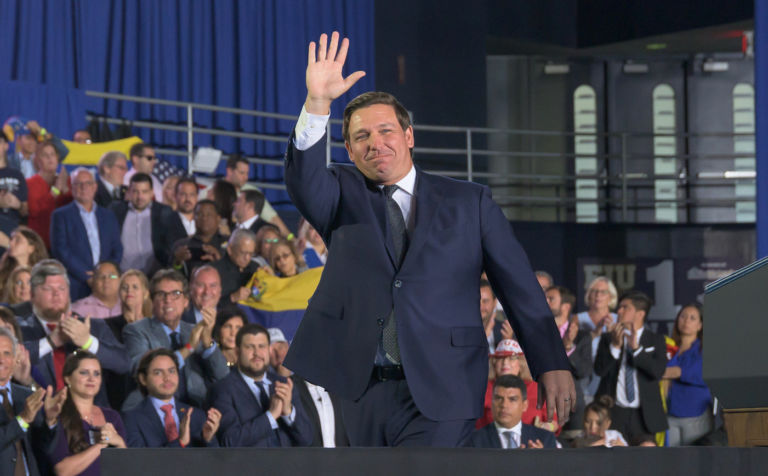Charles Fain Lehman of the Washington Free Beacon ponders COVID-19’s potential impact on the future of American higher education.
They’ve been through riots, protests, and natural disasters—but America’s colleges have never seen anything like the financial meltdown the coronavirus is about to bring to their campuses.
The rising wave of health fears, added costs, and vanishing tuition payments could crush small colleges, many of which were already hanging by a financial thread. Those that can weather the crisis—including big-name universities with billions in their bank accounts—in turn stand to gain big from the fallout.
The emptying out of schools and the mass transition to distance learning has already been “the largest all-sector hit that we’ve ever seen,” Jim Hundrieser, a vice president with the National Association of College and University Business Officers (NACUBO), told the Washington Free Beacon. But the challenges of this spring pale in comparison to the shock many colleges are expecting in the fall, when social distancing measures and a possible second wave could create the most surreal semester ever.
That strangeness, experts project, could in turn cause a massive drop in college revenue. Well-endowed colleges and big research schools have the savings to weather those effects. But many schools are beholden to semi-annual tuition payments, which are about to undergo the biggest shock since the Second World War.
The result could see the shuttering of many universities, particularly small liberal arts colleges, accelerating a trend of rising closures since the Great Recession. At the same time, experts predict, the drop off in demand will be temporary, as a prolonged recession sends millions back to school—resulting in renewed profits, and power, for the schools that make it through to the other side.
Follow Carolina Journal Online’s continuing coverage of the COVID-19 pandemic here.


